Essential Door Replacement FAQs: Your Questions Answered

Door replacement is a crucial investment in home improvement, impacting aesthetics and functionality. The manufacturing process of doors has evolved, offering homeowners a wide array of options to enhance their property’s curb appeal and security. Selecting the right door involves considering factors such as material, style, and energy efficiency.
In this article, we’ll address common questions about door replacement to help you make an informed decision for your home. Keep reading to uncover essential insights that will guide you through the process of choosing and installing the perfect door for your needs.
Key Takeaways
- Door replacement involves considering materials, sizing, finishes, and signs of damage
- Energy efficiency is crucial in door selection, impacting comfort and utility costs
- Professional installation ensures proper fit, sealing, and maximizes energy performance
- Security features like sturdy locks and impact-resistant materials enhance home protection
- Regular maintenance and understanding warranty terms are essential for long-term door satisfaction
Understanding the Basics of Door Replacement
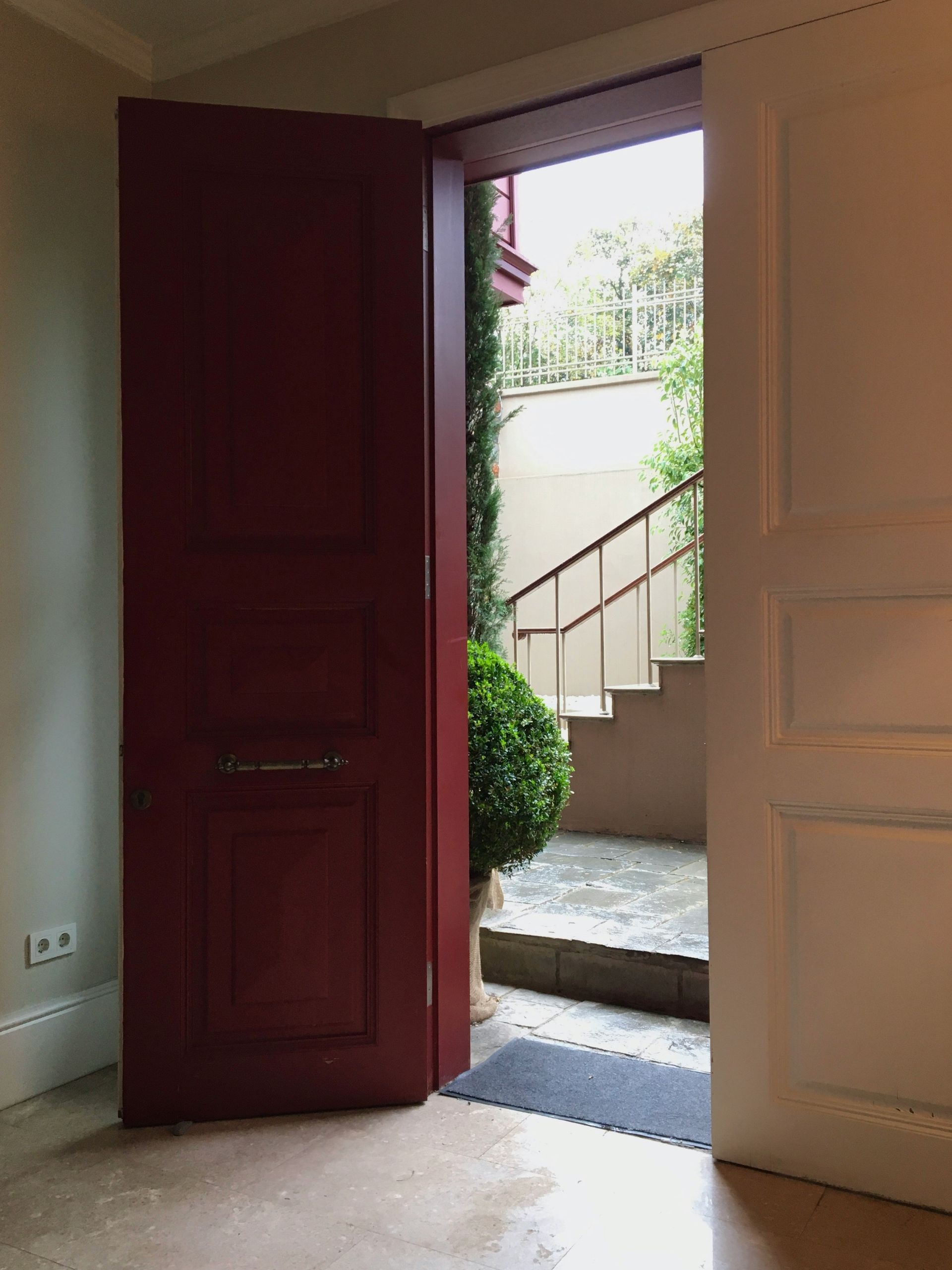
Door replacement involves more than just choosing a new design. Customers must consider various factors, from materials like wood or foam-insulated options to proper sizing and finishes. They must also understand the signs that indicate a need for replacement, such as insect damage or poor weatherproofing. This guide addresses key questions about door replacement, helping homeowners make informed decisions and set realistic expectations for the installation process.
1. What Are the Signs You Need a New Door?
Homeowners should consider replacing their doors when they notice visible damage, such as warping, cracks, or holes, which can compromise security and energy efficiency. Drafts around the door frame, difficulty opening or closing, and increased noise from outside indicate that a new door may be necessary. Additionally, signs of pest infestation, water damage from snow or roof leaks, and outdated materials like thin steel doors that don’t meet current energy standards are reasons to consider door replacement within one’s budget.
2. What Door Material Should You Choose?
When choosing door materials, homeowners must consider factors like climate, energy efficiency, and maintenance. Wood offers classic beauty but requires more upkeep, while fiberglass and steel provide better insulation and durability. Vinyl doors suit patio areas, resisting moisture and offering low-cost energy savings. The right choice can impact insurance premiums and long-term construction costs.
3. Determining the Right Size for Your New Door
Accurate door measurements are crucial for a successful replacement. Homeowners should consider factors like frame thickness, energy efficiency, and temperature regulation. Professional handymen or experts can ensure precise measurements, potentially saving on installation costs. Choosing an Energy Star-certified door can provide long-term energy savings. Here’s a general process for measuring a door:
- Measure the door width at three points: top, middle, and bottom
- Measure the height from the top of the threshold to the underside of the door frame
- Measure the thickness of the door
- Check for an out-of-square frame using diagonal measurements
- Account for any hardware or special features
4. Selecting the Best Finish for Your Door
The finish of a door plays a crucial role in its appearance, durability, and security. Homeowners should choose a finish that complements their home’s siding and withstands local weather conditions, especially water exposure. A high-quality finish can deter burglary attempts by making the door appear more robust. Some finishes even allow for integrating modern security features, such as hidden cameras or telephone-connected smart locks.
5. Installation Timeframe: What to Expect
The installation timeframe for a door replacement varies based on factors like door type, existing frame condition, and customization requirements. A standard door installation typically takes 4-6 hours, but complex projects involving custom sizing or mold remediation may extend the timeline. Homeowners should consult with a home improvement expert to get an accurate estimate, considering potential warranty coverage and pricing options. A professional consultant can provide a detailed timeline accounting for the following:
- Door removal and disposal
- Frame inspection and repair
- New door installation and adjustment
- Weather-stripping and insulation
- Hardware installation and testing
- Clean-up and final inspection
6. The Role of Weatherproofing in Door Replacement
Weatherproofing is crucial in door replacement, protecting homes from water damage and harsh climate conditions. A well-weatherproofed door, whether made of wood or metal, is a barrier against moisture, drafts, and temperature fluctuations. This not only enhances comfort but also saves money on energy bills. Proper weatherproofing extends to the area around the door, including any adjacent windows, ensuring a complete seal against the elements.
Exploring the Cost Aspects of Replacing a Door

Door replacement costs vary widely, influenced by factors such as material choice, size, and installation method. Homeowners considering this renovation should weigh the benefits of different materials, from sturdy wood to energy-efficient glass options that can withstand strong wind. While DIY installation may seem cost-effective, professional services often provide better long-term value. For those concerned about upfront expenses, various financing options are available to make door replacement more affordable.
1. Breaking Down the Cost of Door Replacement
Door replacement costs vary based on materials, labor, and additional features. Basic materials like paint and caulk contribute to the overall expense, while higher-end options like fiberglass doors increase the price. Homeowners should consider both exterior and interior doors, including garage doors when budgeting for replacements. The following table breaks down the average costs for different door types:
| Door Type | Average Cost Range |
|---|---|
| Interior Door | $300 - $1,000 |
| Exterior Door | $500 - $2,500 |
| Garage Door | $750 - $3,500 |
| Fiberglass Door | $1,000 - $4,000 |
2. How Material Choice Affects Price
Door material choices significantly impact replacement costs, with options ranging from affordable vinyl to premium hardwoods. When selecting materials, homeowners should consider their budget, energy efficiency goals, and aesthetic preferences.
3. Is DIY Cheaper Than Professional Installation?
DIY door installation may seem cheaper initially, but professional installation often proves more cost-effective in the long run. Professionals have the necessary tools, expertise, and experience to ensure proper fit, sealant application, and efficiency. While DIY enthusiasts might save on labor costs, they risk compromising energy efficiency and utility bills if the installation isn’t done correctly. For a comprehensive breakdown of costs, consider this comparison:
| Aspect | DIY | Professional |
|---|---|---|
| Initial Cost | Lower | Higher |
| Tool Investment | Required | Not Needed |
| Time Investment | Significant | Minimal |
| Quality Assurance | Variable | Guranteed |
| LOng-term Efficiency | Uncertain | Optimized |
4. Financing Options for Door Replacement
Many companies offer financing options to make door replacement more affordable, allowing homeowners to upgrade their entryways without breaking the bank. These plans often include low-interest rates or deferred payments, making investing in high-quality doors that enhance energy efficiency and protect against heat loss easier. Some brands even provide special promotions that bundle door replacement with other home improvements, such as furniture upgrades, to create a comprehensive home renovation package.
Navigating the Decision for the Right Door Style
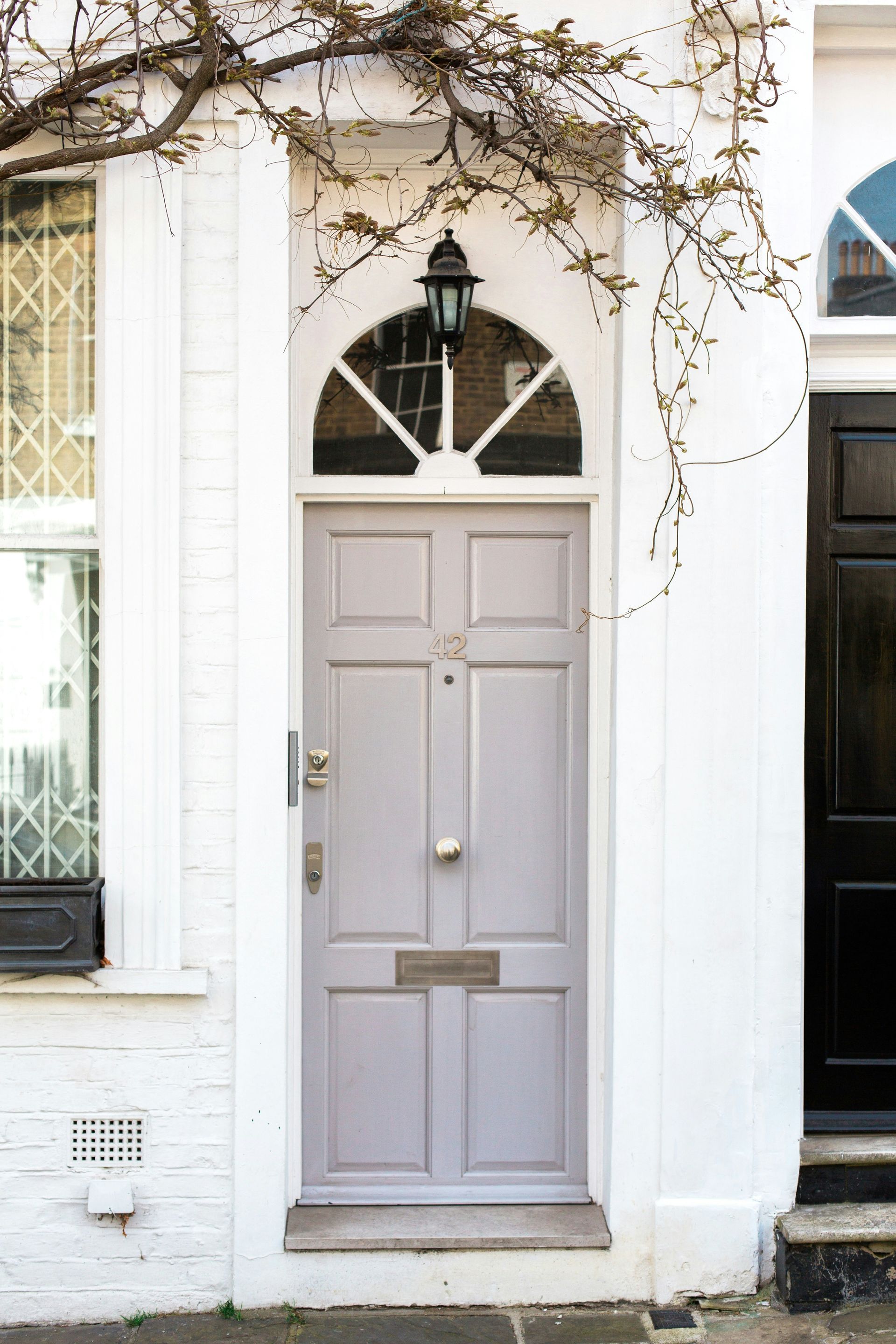
Choosing the right door style involves more than just aesthetics; it’s about finding a balance between functionality, design, and your home’s overall architecture. Homeowners must consider factors such as classic versus modern designs, understand key door terminology, evaluate the impact of color choices, and explore features that enhance door functionality. This section delves into these aspects, helping readers make informed decisions that align with their home’s style and personal preferences while considering practical elements like energy efficiency and security.
1. Classic vs. Modern: What Suits Your Home?
The choice between classic and modern door styles hinges on a home’s architectural design and the homeowner’s personal taste. Classic styles, such as paneled or French doors, complement traditional homes and create a timeless appeal. Modern designs featuring clean lines and minimalist aesthetics suit contemporary architecture and can make a bold statement.
2. Understanding Door Design Terminology
Door design terminology encompasses various aspects of door construction and style. Key terms include jamb (the vertical sides of the door frame), sill (the horizontal bottom of the frame), rail (horizontal pieces of a door), stile (vertical pieces), and panel (the flat or raised sections between rails and stiles). Understanding these terms helps homeowners communicate effectively with professionals and make informed decisions about their door replacement.
3. The Impact of Door Color on Your Home’s Aesthetics
Door color significantly influences a home’s curb appeal and overall aesthetic. A well-chosen door color can complement the home’s exterior, enhance architectural features, and create a welcoming entrance. Homeowners should consider factors such as the house’s color scheme, surrounding landscaping, and neighborhood style when selecting a door color that makes a lasting impression.
4. Features That Enhance Door Functionality
Modern doors offer various features that enhance functionality beyond basic entry and exit. These include energy-efficient cores for improved insulation, smart locks for keyless entry and remote control, peepholes or digital viewers for security, and sound-dampening materials to reduce noise transmission. Some doors also incorporate built-in blinds or shades for privacy, low-threshold designs for accessibility, and self-closing mechanisms for convenience and energy conservation.
Ensuring Safety and Security With Your New Door
Door replacement offers an opportunity to significantly enhance home security. Modern doors have advanced security features that can deter intruders and provide peace of mind. From robust locking mechanisms to impact-resistant materials, homeowners have numerous options to fortify their entrances. This section explores key security elements to consider when selecting a new door, including the importance of sturdy locks, how different materials affect security levels, and additional measures that can complement a secure door installation.
1. Security Features to Look for in a New Door
Modern doors offer a range of security features to protect homes from intruders. High-security locks, reinforced frames, and impact-resistant glass enhance a door’s ability to withstand forced entry attempts. Some doors incorporate smart technology, allowing homeowners to monitor and control access remotely through their smartphones.
2. The Importance of a Sturdy Locking System
A sturdy locking system forms the core of door security, acting as the primary defense against unauthorized entry. Quality locks, such as deadbolts and multi-point locking systems, significantly enhance a door’s resistance to forced entry attempts. Homeowners should consider investing in high-grade locks that meet or exceed industry standards for optimal protection.
3. How Door Material Influences Security
Door material plays a crucial role in determining the overall security of an entry point. Steel doors offer superior strength and durability, making them highly resistant to forced entry attempts. Fiberglass doors balance security and aesthetics with reinforced cores that enhance their protective capabilities. While wooden doors can be secure when properly constructed, they may require additional reinforcement to match the security levels of steel or fiberglass options.
4. Additional Security Considerations
Homeowners can enhance door security through additional measures beyond the door itself. Installing security cameras, motion-activated lighting, and alarm systems can deter potential intruders. Reinforcing the door frame and adding a door chain or peephole provide extra layers of protection. Consider these security enhancements and their effectiveness:
| Security Enhancement | Effectiveness | Cost |
|---|---|---|
| Security Cameras | High | Moderate to High |
| Motion-Activated Lighting | Moderate | Low to Moderate |
| Alarm Systems | High | Moderate to High |
| Reinforced Door Frame | High | Low to Moderate |
| Door Chain | Low | Low |
Maximizing Energy Efficiency in Door Replacement
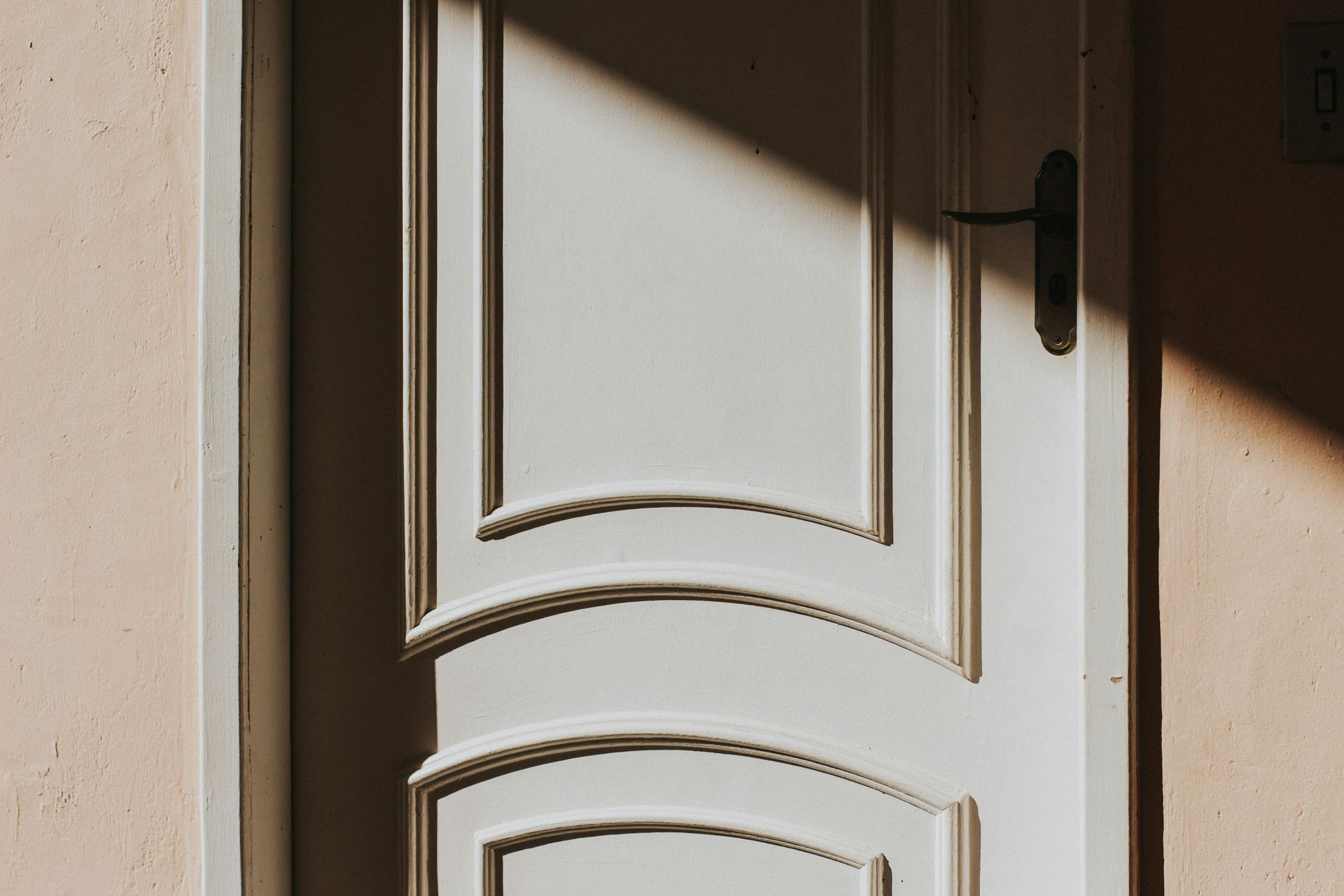
Energy efficiency is crucial in door replacement, impacting home comfort and utility costs. Modern doors offer advanced materials and technologies that significantly reduce heat transfer, keeping homes warmer in winter and cooler in summer. This section explores the key aspects of energy-efficient doors, from material selection to proper installation techniques. Homeowners will learn how to identify energy-saving features, understand the role of seals and insulation, and recognize the importance of professional installation in maximizing a door’s energy performance. By focusing on these elements, homeowners can make informed decisions that lead to long-term energy savings and improved home comfort.
1. The Importance of Energy Efficiency in Doors
Energy-efficient doors are crucial in maintaining a comfortable home environment while reducing energy costs. These doors act as a barrier against heat transfer, keeping warm air inside during winter and cool air inside during summer. Homeowners can significantly lower their utility bills and reduce their carbon footprint by choosing doors with high insulation values and proper weatherstripping.
2. Identifying Energy-Efficient Door Materials
Several door materials offer excellent energy efficiency. Fiberglass doors with foam cores provide superior insulation, while steel doors with polyurethane cores offer a balance of strength and energy performance. When properly constructed with an insulated core, wood doors can also provide good thermal resistance. Homeowners should look for doors with low U-factors and high R-values, indicating better insulation properties.
3. Seals and Insulation: Small Details, Big Impact
Proper seals and insulation significantly impact a door’s energy efficiency. Weatherstripping around the door frame prevents air leaks, while a well-insulated core minimizes heat transfer. Homeowners should regularly inspect these components and replace them to maintain optimal energy performance. Consider the following table for common door insulation materials and their effectiveness:
| Insulation Material | R-Value per Inch | Durability |
|---|---|---|
| Injection Foam | 4.5 - 5.0 | Medium |
| Polyurethane Foam | 6.5 - 7.0 | High |
| Fiberglass | 2.2 - 2.7 | Medium |
| Polystyrene | 3.6 - 4.0 | Medium |
| Mineral Wool | 3.0 - 3.3 | High |
4. How Proper Installation Ensures Energy Efficiency
Proper installation ensures the energy efficiency of a new door by creating a tight seal and eliminating gaps that could lead to air leaks. Professional installers use precise measurements and specialized techniques to fit the door correctly within the frame, applying appropriate weatherstripping and insulation materials. This attention to detail during installation maximizes the door’s thermal performance, reducing energy loss and maintaining consistent indoor temperatures.
The Do’s and Don’ts of Door Replacement

Door replacement involves a series of crucial decisions and actions that can significantly impact the project’s outcome. Understanding the essential steps to take before replacing a door, as well as common pitfalls to avoid can help homeowners navigate the process more effectively. Professional measurement is vital in ensuring a proper fit, while familiarity with warranty and maintenance requirements safeguards long-term investment. This section outlines key do’s and don’ts to guide homeowners through the door replacement process, ensuring a successful and satisfying result.
1. Essential Steps to Take Before Replacing Your Door
Proper preparation is crucial before replacing a door. Homeowners should measure the existing door and frame accurately, assess the condition of the surrounding structure, and determine the desired style and material for the new door. Consulting with a professional can help identify any potential issues and ensure the chosen door meets local building codes and energy efficiency standards.
2. Common Pitfalls to Avoid in Door Replacement
Door replacement projects can encounter several common pitfalls that homeowners should avoid. These include choosing a door that doesn’t match the home’s style, neglecting to consider energy efficiency, and underestimating the importance of proper installation. To ensure a successful door replacement, homeowners should be aware of the following potential issues:
- Incorrect measurements lead to poor fit
- Overlooking local building codes and regulations
- Failing to account for changes in door swing direction
- Ignoring the need for additional hardware or security features
- Selecting materials unsuitable for the local climate
3. Why Professional Measurement Matters
Professional measurement ensures a precise fit for the new door, preventing issues like drafts, energy loss, and operational difficulties. Experts use specialized tools and techniques to account for factors such as uneven floors, settling foundations, and frame irregularities that homeowners might overlook. This precision improves the door’s functionality and appearance and maximizes its energy efficiency and security features.
4. Understanding Warranty and Maintenance Requirements
Understanding warranty terms and maintenance requirements ensures long-term satisfaction with a new door. Most manufacturers offer warranties covering defects in materials and workmanship, but these often require proper care and maintenance. Homeowners should review warranty documents carefully and follow recommended maintenance schedules to protect their investment. Regular maintenance tasks may include cleaning, lubricating hardware, and inspecting weatherstripping:
| Maintenance Task | Frequency | Importance |
|---|---|---|
| Clean door surface | Every 3 - 6 months | High |
| Lubricate hinges | Annually | Medium |
| Check weatherstripping | Twice a year | High |
| Inspect for damage | Quarterly | High |
Conclusion
Door replacement FAQs guide homeowners in navigating this crucial home improvement project. These questions cover key aspects such as identifying signs for replacement, choosing materials, understanding costs, and maximizing energy efficiency. By addressing common concerns, FAQs help homeowners make informed decisions that balance aesthetics, functionality, and security. Ultimately, these resources empower individuals to undertake door replacements confidently, ensuring long-term satisfaction and value for their homes.
Recent Posts
Learn More About
Mammoth Home Renovations
Serving the Fox Cities area of Wisconsin, Mammoth Home Renovations specializes in insulation services and exterior and interior remodeling. One-stop-shop for home renovations. Quick-to-act discount. Financing available. Call or text for a free estimate.


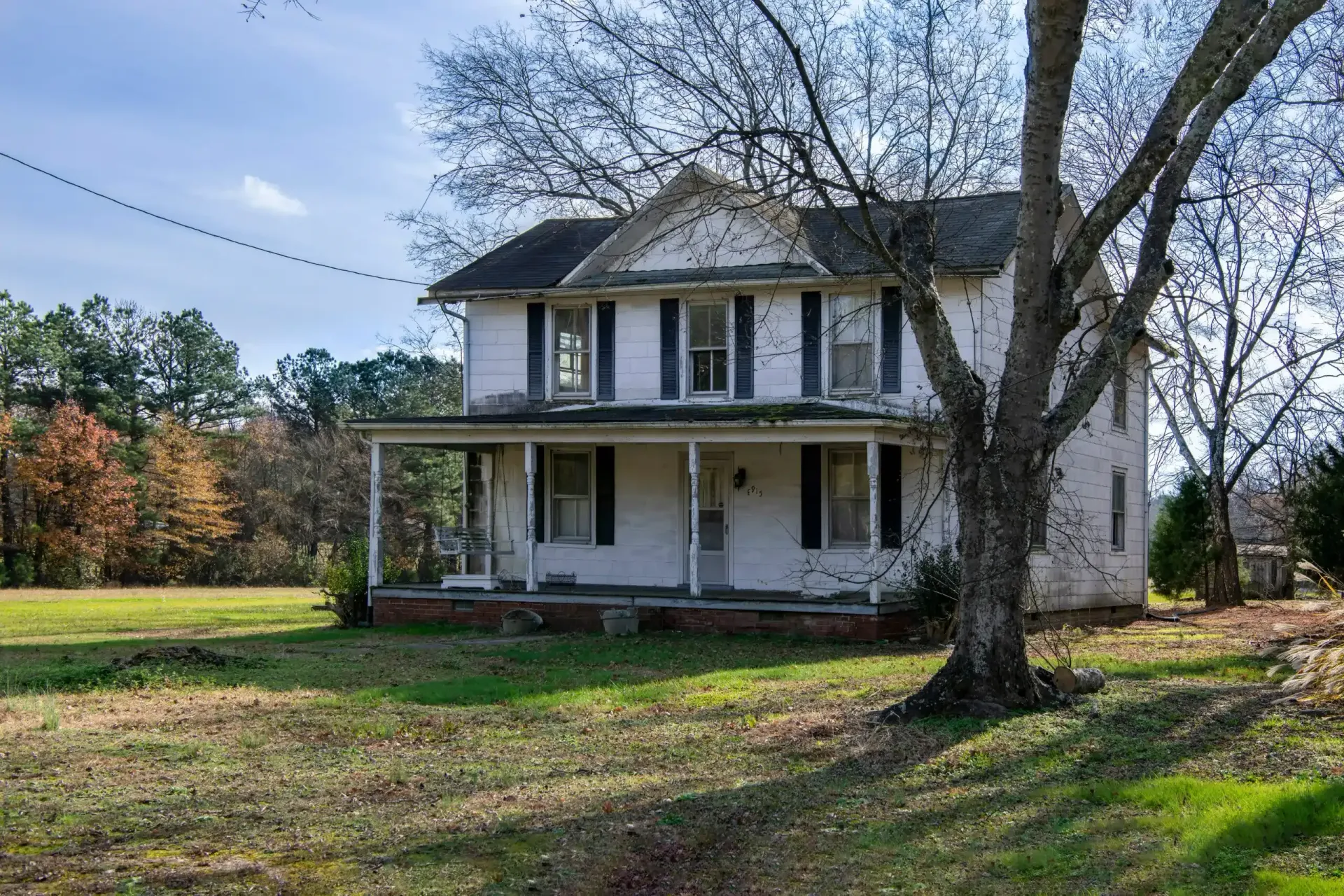

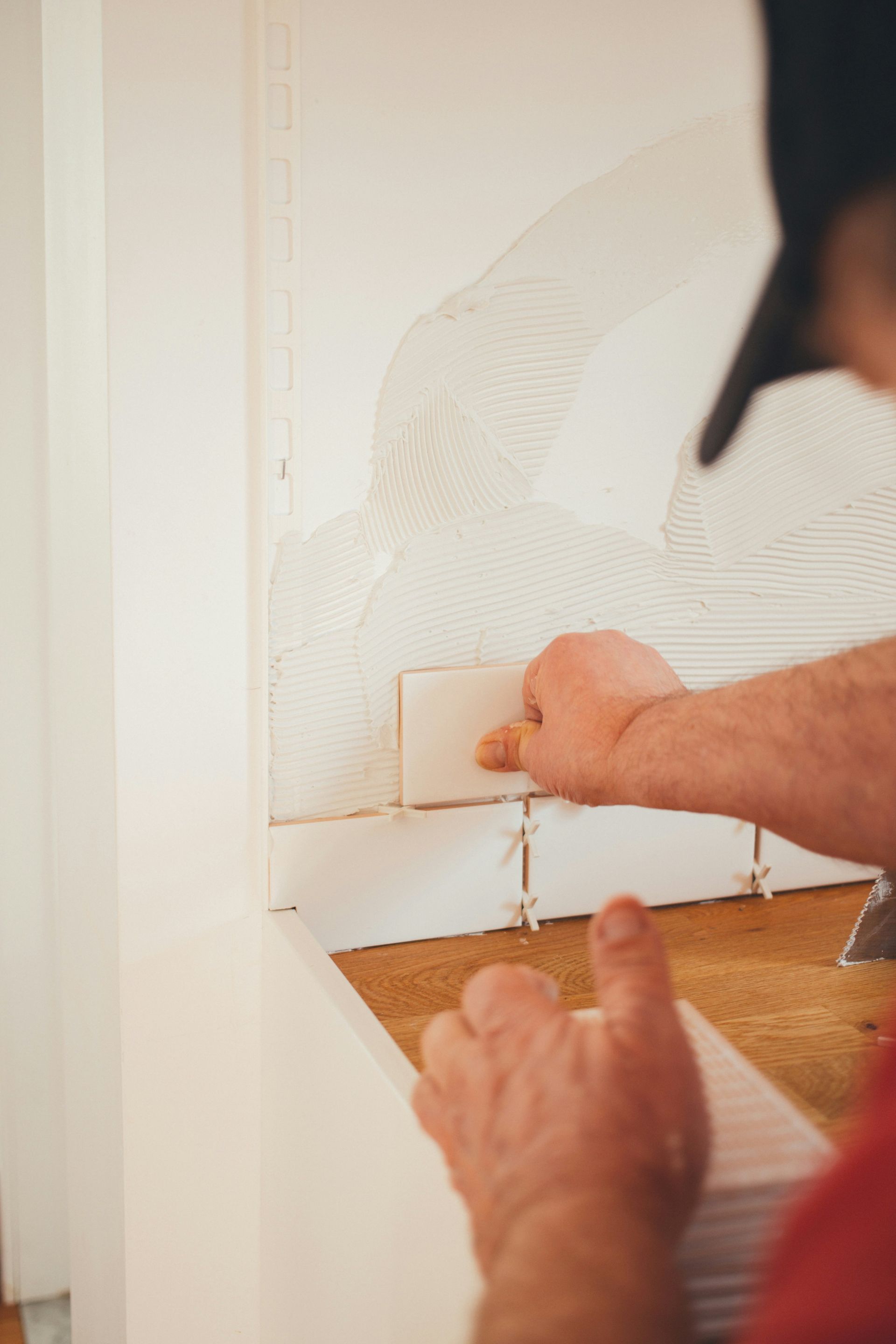

Share On: